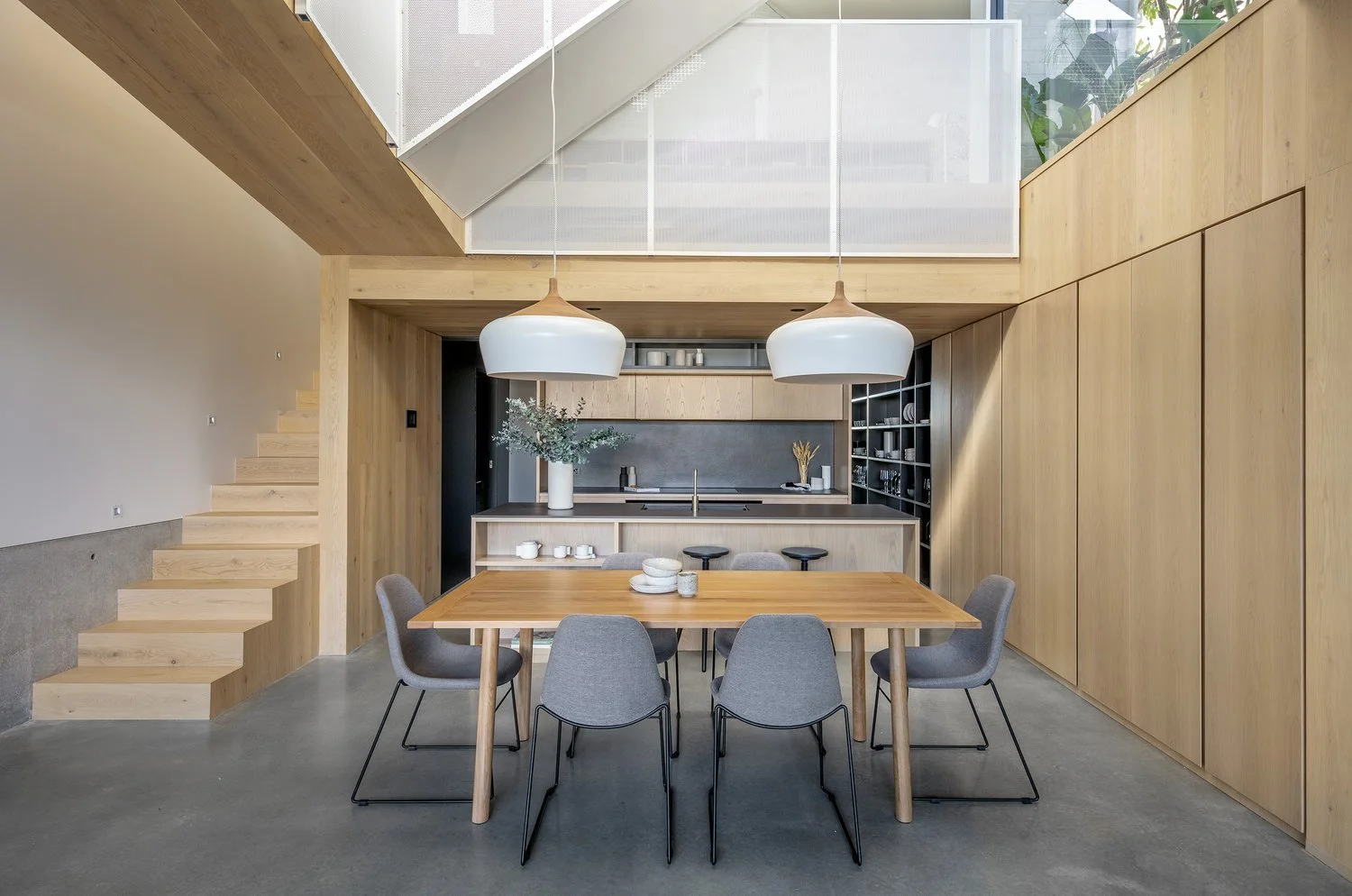With engineered stone now banned, what are the alternatives?
Australia is the first country in the world to enforce a ban on engineered stone. From July 1 2024, the use, supply and manufacture of all engineered stone is prohibited. Here’s everything you need to know (including what your options are now and how it will impact prices!).
Calacatta Lusso from the Sintered Collection by Smartstone.
What is engineered stone and why is it being banned?
Commonly used for kitchen benchtops, engineered stone is a composite of crushed stone (mostly quartz) mixed with a resin binder. Suppliers include Caesarstone or Smartstone. It is being banned because exposure to silica dust (which is generated when it is ‘dry cut’) can lead to the development of the serious lung disease silicosis. If you have engineered stone in your house, you don’t need to worry as there’s no risk with existing slabs. Silica dust is only released when it is cut.
Why was engineered stone so popular?
Crystalline silica, particularly quartz, offered several advantages that made it attractive in various applications. Crystalline silica scores a 7 on Mohs scale of mineral hardness. This makes it highly resistant to scratches, wear and tear — and perfect for countertops and flooring. It also looks good. Quartz comes in a variety of colours and can be polished to a beautiful lustre. It is also one of the most abundant minerals on the planet, making it relatively affordable. Crystalline silica has a high melting point, so it is resistant to heat damage. And compared to some natural stones, crystalline silica requires minimal maintenance. It's generally non-porous and stain-resistant, so it is easy to clean and care for.
Engineered stone also made architects’ and designers’ jobs easier. It’s a natural, standardised product, with natural variability. Before engineered benchtops selecting stone involved driving to a warehouse out west and selecting pieces. With engineered stone suddenly you had a beautiful standardised product.
What exactly is banned?
Three criteria must be met for a material to be considered engineered stone under the ban. Firstly, it must be an artificial product that is manufactured, not natural stone. This eliminates granite, marble and other natural stones. It must also contain crystalline silica, the hazardous component that can cause silicosis. Lastly, it must be created by combining crushed stone with resins or other chemicals and undergo a hardening process. This differentiates it from simply glueing or adhering natural stone pieces.
What are the alternatives to engineered stone?
Natural stones and porcelain can be much more expensive, which is why engineered stone was so popular. Now it is off the table, people are turning to safer and equally appealing options. They include:
Laminates - For years laminates were never even considered. They fell apart, they got burn marks, they absorbed moisture and expanded, they delaminated. Basically, they were crap. But they’re not crap anymore. They are durable and can deal with heat and moisture, making them a practical choice for various applications, including kitchen and bathroom countertops. Advances in technology have also expanded their range, with options that convincingly mimic natural wood, stone and other textures.
Ceramics - Ceramics offer versatility and durability, making them an excellent choice for benchtops and other surfaces. With a wide range of finishes and designs, ceramics can suit any aesthetic preference. It can also be as little as 6mm thick, offering a different look, such as the one we created in the kitchen of a house we renovated in Llewelyn Street, Balmain.
Natural stone - For those who prefer the real deal, natural stone such as granite or marble remains a top choice. Each piece offers a unique pattern, adding an element of natural beauty to spaces.
Timber - Wooden benchtops bring warmth and character to interiors. With proper sealing and maintenance, timber can be a durable and eco-friendly option. But there is a downside — natural timber needs refinishing and maintenance.
Porcelain - Porcelain slabs are gaining popularity for their durability, low porosity, and wide range of designs. They're an excellent option for those seeking the look of ceramic, marble or other natural stones without the same level of maintenance.
‘Sintered Stone’ - Many engineered stone suppliers such as Smartstone are pivoting towards ‘sintered stone’. Sintered stone is a synthetic stone which uses high temperature to bind rather than resin, and has very similar properties to engineered stone. It also boasts a much lower (or zero) silica content. Its availability was previously limited in Australia and it was still somewhat costly, but it will doubtless grow in local manufacturers over the coming years.
Bellini Bianco from the Sintered Collection by Smartstone.
Will the ban lead to price rises?
There is no doubt that removing one of the most popular and cost effective options will disrupt the industry. But overall we don’t think it will lead to large price rises. Engineered stone may have been losing market share to laminates anyway, and most of the cost of a benchtop is delivery and production, which doesn’t change depending on which material is used.
Considering a renovation or new build? Now that engineered stone is off the table, it’s the perfect time to explore alternative materials for your kitchen or bathroom. Whether you’re interested in laminates, ceramics, natural stone, timber, or sintered stone, we’re here to help you find the best option for your space. Contact us today for a consultation.




